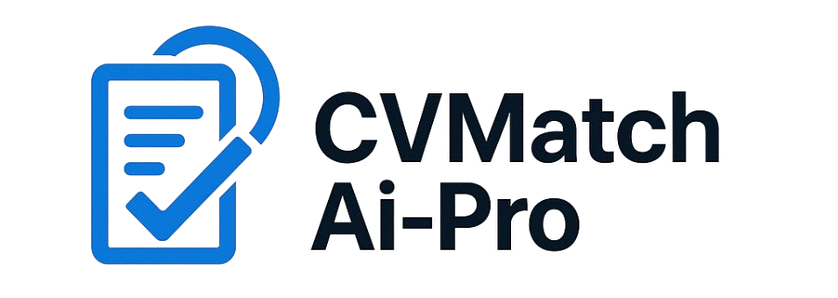The Era of Enhanced Pre-screening: Impact on HR
The way companies identify, evaluate, and hire talent is changing rapidly. Enhanced pre-screening, driven by artificial intelligence (AI) and automation, is reshaping human resources (HR) functions globally. As technology takes over traditional bottlenecks, HR leaders must adapt to stay effective and competitive. Let’s dive into how enhanced pre-screening is revolutionizing recruitment and its broader impact on HR.
Why Traditional Pre-screening No Longer Works
Historically, pre-screening involved manually reviewing resumes, conducting initial phone screens, and filtering candidates based on basic qualifications. However, increasing application volumes and evolving job requirements have exposed the limitations of this outdated model.
Manual Screening is Too Slow
- Manually sorting through resumes delays the hiring process, leading to lost opportunities as top candidates move on quickly.
- Recruiters face information overload, making it difficult to evaluate applicants consistently and thoroughly.
- Long screening times frustrate candidates, damaging the organization’s brand and candidate experience.
Inconsistent Candidate Evaluations
- Subjective judgments create inconsistencies, with different recruiters applying different standards to identical resumes.
- Biases, conscious or unconscious, can influence outcomes, hindering diversity and fairness.
- Lack of standardization increases the risk of hiring errors and reduces organizational agility.
How Enhanced Pre-screening is Transforming HR
Enhanced pre-screening leverages AI, machine learning, and predictive analytics to bring speed, consistency, and insight to early hiring stages. This shift is redefining how HR operates, from sourcing to final offer stages.
Automation of Routine Tasks
- AI-powered platforms handle resume screening, initial assessments, and even candidate ranking, freeing HR teams to focus on strategic activities.
- Automated workflows speed up the pre-screening phase, cutting down the time-to-hire significantly.
- Routine tasks that once took days are now accomplished within hours, enhancing HR efficiency and responsiveness.
Data-Driven Decision Making
- Enhanced pre-screening tools generate insights based on candidate skills, experience, and predicted success rates.
- Objective data replaces gut feeling, allowing HR teams to make more informed and defensible hiring decisions.
- Data analytics also provide visibility into sourcing effectiveness, pipeline quality, and diversity metrics.
Improved Candidate Experience
- Automated communication tools keep candidates updated, engaged, and informed throughout the pre-screening process.
- Faster responses and personalized interactions boost candidate satisfaction and employer branding.
- Positive experiences, even for rejected candidates, increase the likelihood of future applications and referrals.
The Strategic Implications for HR Leaders
Enhanced pre-screening is not just a technological upgrade—it’s a catalyst for HR transformation. Leaders must rethink their roles and strategies to fully leverage these capabilities.
Elevating HR’s Role to Strategic Partner
- With administrative burdens reduced, HR teams can focus on workforce planning, employer branding, and talent development initiatives.
- Strategic HR contributes directly to business growth by aligning talent acquisition with organizational goals.
- Enhanced pre-screening empowers HR to proactively address future skills gaps and build resilient teams.
Enhancing Diversity, Equity, and Inclusion (DEI)
- Standardized and bias-reducing pre-screening processes promote more diverse and inclusive hiring outcomes.
- Data-driven hiring practices increase accountability and transparency in meeting DEI goals.
- Focusing on skills and potential over background enables broader talent discovery and a richer workplace culture.
Building Future-Ready Organizations
- AI-driven insights help HR teams anticipate future talent needs based on market trends and internal growth strategies.
- Predictive analytics support proactive succession planning and leadership development initiatives.
- Organizations that embrace enhanced pre-screening are better equipped to adapt to changing business landscapes.
Challenges and Considerations for Implementing Enhanced Pre-screening
While the benefits are substantial, implementing enhanced pre-screening requires careful planning to ensure technology is aligned with organizational goals and values.
Choosing the Right Tools
- Not all AI tools are created equal; HR leaders must carefully evaluate vendors for transparency, reliability, and ethical standards.
- Customizing tools to align with specific organizational needs and values maximizes effectiveness.
- Integration with existing HR systems is crucial for seamless adoption and scalability.
Maintaining the Human Touch
- Automation should enhance—not replace—personalized candidate interactions and human judgment.
- HR teams must ensure candidates feel valued and respected throughout the process, even with increased automation.
- A hybrid approach that blends technology with authentic human connection will yield the best results.
Conclusion
The era of enhanced pre-screening marks a turning point for HR. By embracing technology-driven processes, HR leaders can build faster, fairer, and more strategic recruitment systems that drive organizational success. In a rapidly evolving world, those who adapt will not just survive—they will thrive.
